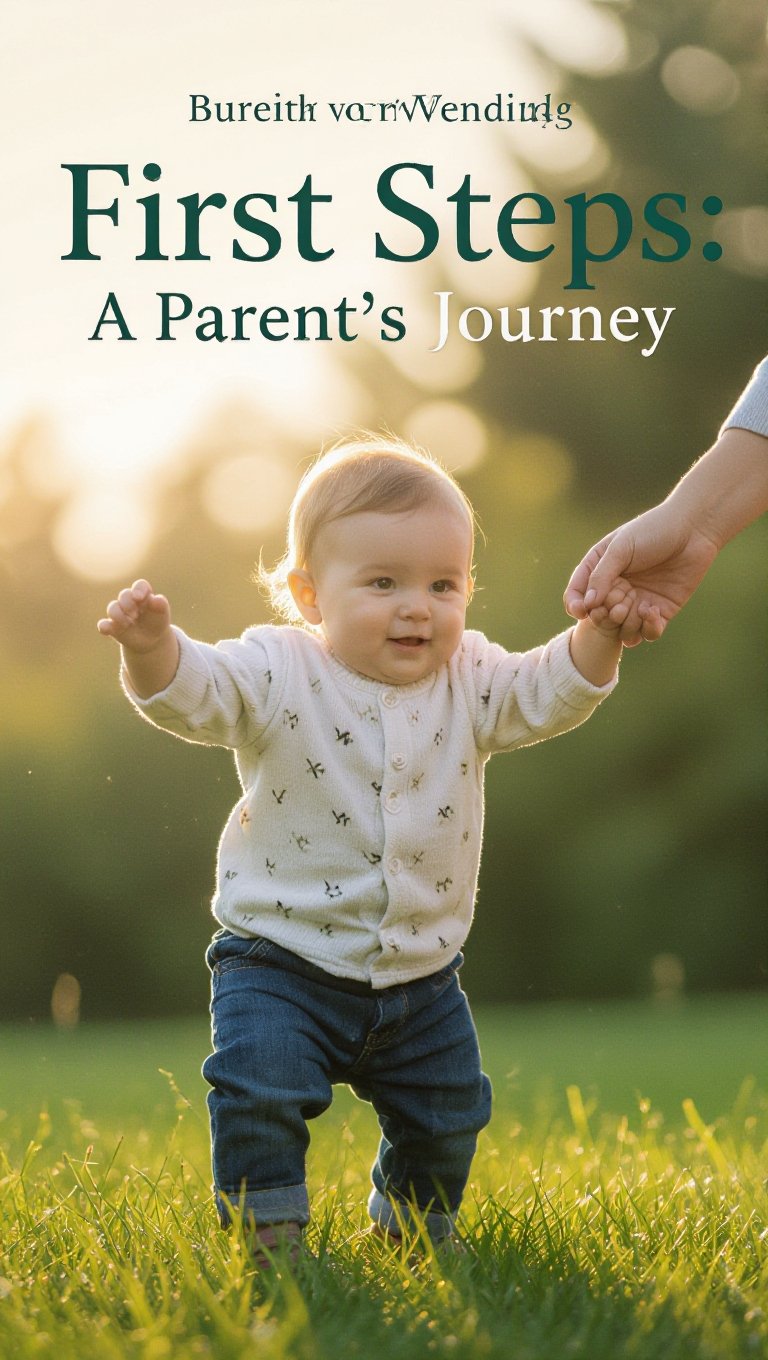When Do Babies Start Rolling Over? (Milestone Guide for Parents)
One of the most exciting moments in your baby’s first year is watching them roll over for the first time. Sometimes due to anxiety parents ask “when do babies start rolling over?” This simple movement marks a major developmental milestone and is a sign your little one is getting stronger, more coordinated, and ready for the next big skills like crawling.

But if you’re wondering: When do babies start rolling over? — you’re not alone. Every parent asks this question, especially when comparing their baby’s growth to others. In this guide, we’ll cover:
- The typical age babies start rolling over
- Signs your baby is ready to roll
- How to encourage safe rolling practice
- When to talk to your pediatrician
When Do Babies Usually Roll Over?
Most babies start rolling over between 4 to 6 months old.
Around 3–4 months: Babies may roll from tummy to back.
Around 5–6 months: Babies often roll from back to tummy (harder because it takes more strength).
👉 Some babies may roll earlier or later, and that’s perfectly normal. Every child develops at their own pace.
Signs Your Baby Is Getting Ready to Roll
- Before your baby makes their first flip, you might notice:
- Pushing up on their arms during tummy time
- Rocking side to side when lying on their back
- Kicking legs and arching their back
- Grabbing their feet and twisting their torso
These little movements strengthen the muscles needed for rolling.
How to Encourage Your Baby to Roll Over
You can help your baby build the skills needed for rolling with safe, fun activities:
- Tummy Time Daily
Give your baby plenty of tummy time while supervised. This builds neck, back, and arm strength. - Use Toys as Motivation
Place a colorful toy just out of reach to encourage them to reach and roll. - Practice Side-Lying
Gently help your baby roll onto their side and back — this helps them understand the motion. - Limit Time in Swings & Seats
Babies need floor play to explore movement and build muscle.
Safety Tips When Your Baby Starts Rolling
Once your baby begins rolling, safety becomes even more important:
- No more swaddling: A rolling baby must sleep arms-free to avoid suffocation risk.
- Always supervise on high surfaces: Never leave your baby unattended on a bed, sofa, or changing table.
- Safe sleep setup: Keep cribs free of pillows, blankets, or toys.
When to Talk to Your Pediatrician On When Do Babies Start Rolling Over
If your baby isn’t rolling by 6–7 months, it’s worth checking with your pediatrician. While some babies skip rolling and move straight to crawling, it’s always best to rule out any developmental concerns.
Related Products That Can Help
- Best Baby Play Mats – Perfect for tummy time and rolling practice.
- Top-Rated Baby Activity Gyms – Keeps babies engaged and strengthens motor skills.
- Non-Toxic Baby Toys – Safe toys encourage reaching, grabbing, and rolling.
| Product | Features | Pros | Cons | Price |
|---|---|---|---|---|
| Fisher-Price Kick & Play Piano Gym | Interactive mat with lights & music | Encourages rolling & tummy time | Batteries required | $49.99 |
| Skip Hop Baby Play Gym | Soft, eco-friendly materials, multi-sensory toys | Stylish design, easy to wash | Pricier than others | $85 |
| Lovevery Play Gym | Montessori-inspired, stage-based activities | Non-toxic, grows with baby | Premium price | $140 |
❓ Frequently Asked Questions (FAQ)
1. Is it normal if my baby rolls over early?
Yes! Some babies roll as early as 3 months. This usually means they’re developing strong muscles quickly. Just make sure their sleep environment is safe (no swaddling once rolling begins).
2. What if my baby hasn’t rolled over by 6 months?
If your baby hasn’t rolled by 6–7 months, mention it to your pediatrician. Some babies skip rolling and go straight to sitting or crawling, but it’s good to check.
3. Should I stop swaddling once my baby rolls?
Absolutely. Once babies start rolling, swaddling becomes unsafe. Instead, use a wearable sleep sack that keeps them cozy but allows safe movement.
4. Can tummy time really help babies roll over?
Yes! Tummy time strengthens your baby’s neck, arms, and core muscles — all essential for rolling. Just start with a few minutes several times a day.
5. Do all babies roll from tummy to back first?
Not always. Many babies roll tummy to back first, but some do it the other way around. Both patterns are normal.
Final Thoughts
Rolling over is one of those magical moments that show your baby is growing stronger every day. Most babies master this skill between 4–6 months, but remember — there’s a wide range of normal. With a little encouragement, tummy time, and safe play, your baby will be rolling in no time.
Tip for Parents: Celebrate every milestone, big or small. These first movements are just the beginning of many exciting adventures ahead!
Searches related to “when do babies start rolling over”
development toys for specific age ranges
